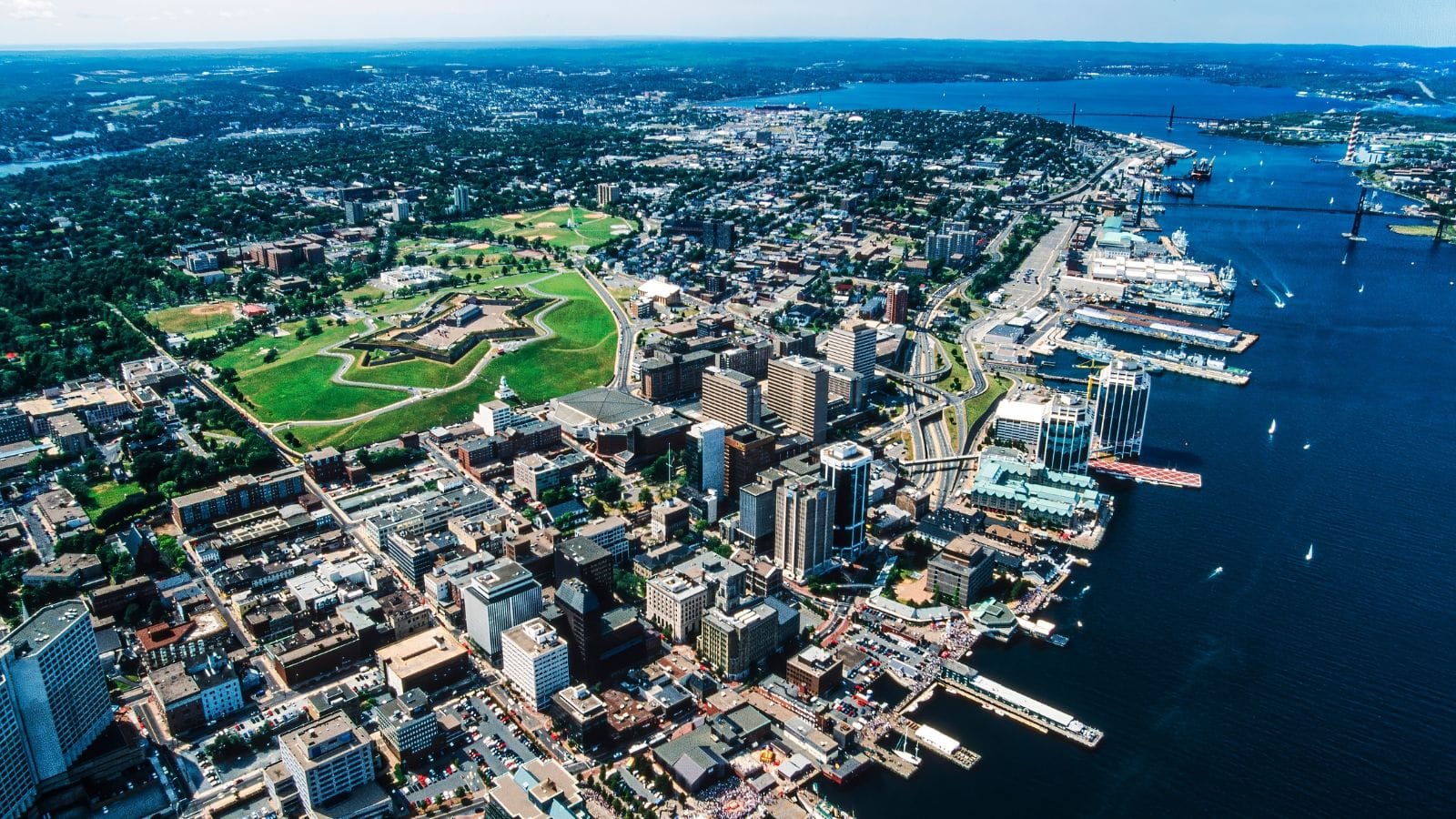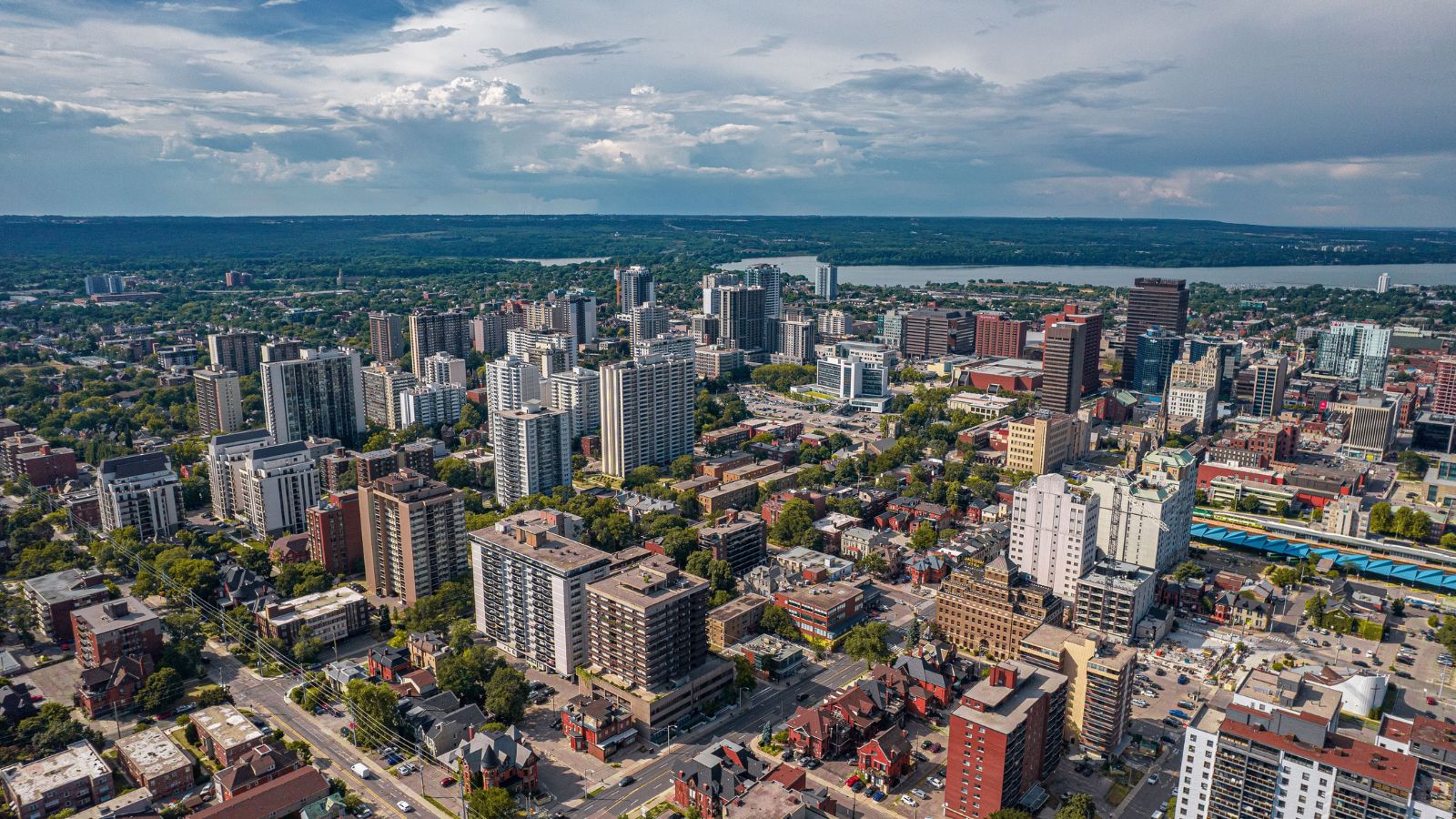Even before new tariffs fully take effect, Canadian cities are already feeling the impact. A combination of dealership markups, limited inventory, cross-border complications, and inflationary pressures is causing vehicle prices to surge in both large and small markets. While rural regions may experience fewer fluctuations, urban centers are witnessing price jumps of thousands, often without much notice. These are 24 Canadian cities where car prices are already spiking:
Toronto, Ontario

Canada’s largest auto market is experiencing sharp price increases due to intense demand and a limited supply of new inventory. Major dealerships report wait times stretching months, while used vehicles command near-new prices. Hybrid and EV models are complicated to secure, and the high urban demand, combined with a surge in lease buyouts, is driving up prices across the GTA. With tariff threats looming, buyers are moving quickly, which only fuels more aggressive pricing, as Toronto remains the epicenter of auto sticker shock in Canada.
Vancouver, British Columbia

With supply chain delays still impacting West Coast deliveries, Vancouver’s new and used car markets have been under pressure for months. The city’s environmentally conscious buyers are chasing EVs, but waitlists now stretch well into 2026, while import fees and logistics surcharges from the U.S. are adding thousands to base model costs. Dealers are prioritizing high-margin vehicles, leaving budget buyers out in the cold. Combine that with rising insurance rates, and Vancouver drivers are paying a premium to stay on the road.
Montreal, Quebec

Montreal’s mix of aging vehicle stock and surging demand is colliding with a shrinking dealer pipeline. Tariff anticipation has already nudged up prices by an average of 8%, and Francophone buyers accustomed to seasonal incentives are finding fewer deals and more markups. American imports have slowed considerably, with some dealerships citing customs hold-ups and parts shortages. Even lower-cost models, such as the Honda Civic and Toyota Corolla, are experiencing record-high resale values, making Montreal’s auto affordability disappear fast.
Calgary, Alberta

Calgary’s truck-heavy market is being hit especially hard, as models like the Ford F-150, GMC Sierra, and Ram 1500 are all facing substantial price hikes due to concerns over cross-border tariffs and component shortages. Diesel models, once a popular choice for Alberta roads, are in particularly short supply. With the oil sector rebound driving up local demand, dealers are raising prices every week, making car ownership more difficult for many budget-conscious buyers.
Halifax, Nova Scotia

As the East Coast’s largest city, Halifax is seeing rising vehicle costs accelerated by shipping delays and tighter margins on cross-border sales. Imports from the U.S. are dwindling, and Atlantic Canada’s limited inventory pipeline is exacerbating price hikes. At the same time, local buyers are being advised to place orders months in advance or settle for less-than-ideal options. With fewer bulk deliveries and higher freight charges, even modest sedans are coming in at luxury-tier prices as Halifax’s car market rapidly loses its reputation for affordability.
Ottawa, Ontario

Canada’s capital is seeing the effects of rising government fleet demand alongside inflation-fueled price hikes, as auto dealers in the Ottawa-Gatineau region report limited availability of popular models and fewer promotional discounts. Trade-in values are up, but not enough to offset sticker shock on new purchases. As federal employees return to their commuting routines, competition for fuel-efficient vehicles is intensifying, further fueled by Ottawa’s mid-size market status, which has not shielded it from national trends.
Winnipeg, Manitoba

Long known for its value-oriented buyers, Winnipeg is now watching affordability slip away as auto dealers cite inconsistent deliveries, higher freight costs, and tightening financing terms as reasons for the uptick. Light trucks and AWD crossovers, especially those sourced from the U.S., are being charged additional fees due to supply chain volatility, and used vehicles are also experiencing a surge, with prices up 12% year-over-year. This has raised many concerns among Winnipeg’s cost-conscious buyers, and families are feeling the financial strain first.
Edmonton, Alberta

Like Calgary, Edmonton’s market leans heavily on pickups and SUVs, and that is precisely where prices are spiking fastest. Dealerships report dwindling inventory for high-demand models, such as the Chevy Silverado and Toyota 4Runner, while trade policy uncertainty complicates delivery timelines and pushes list prices ever higher. Many Albertans who used to buy cross-border are finding fewer savings after factoring in import duties, as sticker shock has become the new normal.
Saskatoon, Saskatchewan

Saskatoon’s modest size has not insulated it from national auto price spikes. With fewer dealerships and a smaller vehicle pool to begin with, local buyers have limited leverage, as prices on new models have increased by nearly 10% in some cases, and used cars are scarce. The agricultural economy’s demand for trucks and work vehicles is putting further stress on supply, and with few alternatives and long waitlists, Saskatoon families are delaying purchases or downsizing expectations.
Hamilton, Ontario

Hamilton’s proximity to the U.S. border once made it a hotbed for cross-border auto deals, but no longer, as new tariffs and import complications are stalling that pipeline, and local prices are responding fast. Popular models like the Subaru Outback and Mazda CX-5 are experiencing above-average markups, while dealers are offering fewer incentives and focusing on high-margin configurations. Even longtime lease customers are being surprised by ballooning buyout costs, making good car deals a thing of the past.
Victoria, British Columbia

On Vancouver Island, logistics constraints are significantly impacting car prices, and smaller dealerships are receiving limited inventory, which they are passing on directly to buyers in the form of transportation costs. EVs and hybrids are particularly affected, with Toyota and Hyundai models nearly impossible to source without a lengthy wait. Victoria’s aging road fleet and lack of alternatives are driving up demand, compounding the crunch as residents who once relied on seasonal buying cycles are finding themselves priced out or forced to compromise.
Quebec City, Quebec

Quebec City’s high rate of car ownership and strong demand for winter-ready vehicles is clashing with a constrained supply chain. AWD models, snow-rated tires, and block heater packages are all commanding premiums, and even Canadian-assembled vehicles are subject to pricing pressures due to U.S. component tariffs. Buyers here are reacting with urgency, which is pushing prices even higher. In a city where winter preparedness is non-negotiable, the rising cost of reliable transportation is becoming a political issue.
Kitchener-Waterloo, Ontario

As a tech hub with a fast-growing population, Kitchener-Waterloo has become one of Ontario’s most competitive auto markets. Dealers are struggling to keep up with demand, and inventory turnover is rapid, as hybrid SUVs, compact crossovers, and family sedans all see sticker increases of 10% or more. U.S. tariffs are adding costs to popular imports like the Honda CR-V and Kia Sportage, and with fewer options and more competition, car prices in K-W are surging past provincial averages.
St. John’s, Newfoundland and Labrador

In Canada’s easternmost city, geographic isolation is amplifying every supply chain issue. Shipping costs from the mainland are higher, delivery times are longer, and dealer networks are smaller, resulting in higher vehicle prices across the board. St. John’s residents are reporting difficulty securing even base trims of standard models. Add in import duties on U.S.-built vehicles, and the market is seeing some of the steepest price jumps in Atlantic Canada.
London, Ontario

London’s growing commuter population and regional sprawl make it heavily reliant on personal vehicles. That dependence is now translating into rising prices, particularly for fuel-efficient sedans and compact SUVs. As a result, Hyundai, Nissan, and Toyota models are becoming harder to source without delays or dealer markups. The used market is also inflating, with year-old leases commanding near-new pricing. As tariff pressures mount, Londoners are bracing for a more challenging auto market with fewer deals and more compromises.
Regina, Saskatchewan

Like Saskatoon, Regina is contending with a small market size and significant pricing fluctuations. Dealers are experiencing uneven shipments and prioritizing high-margin trims to maintain profitability, with rural buyers seeking trucks and off-road vehicles being particularly affected. Tariffs on American parts are driving up costs, even on Canadian-assembled models, and Regina’s reliance on U.S. imports is now working against it, resulting in a negative impact on vehicle affordability. With fewer choices and less negotiating power, many are opting to put off purchases altogether.
Charlottetown, Prince Edward Island

As the smallest provincial capital, Charlottetown has always had limited access to vehicle inventory. Now, with U.S. import costs rising, dealers are passing on higher prices to local buyers, and waitlists for new vehicles are becoming more common, especially for all-wheel-drive models needed for P.E.I.’s snowy winters. With few alternatives on the island, buyers have little recourse but to pay up or wait it out. Even modest sedans and hatchbacks are creeping into luxury price territory.
Windsor, Ontario

As an auto manufacturing hub and border city, Windsor is uniquely exposed to the ripple effects of tariff talks. Local dealerships are experiencing pricing volatility directly tied to U.S. policy shifts, and previously affordable cross-border purchases are now subject to unpredictable duties and delays. Even Windsor-built vehicles, such as the Chrysler Pacifica, are seeing price hikes due to American parts dependencies. For a city steeped in auto heritage, the irony of becoming a pricing hotspot isn’t lost on its residents.
Red Deer, Alberta

Halfway between Calgary and Edmonton, Red Deer often serves as a spillover market, and it is now feeling the squeeze. Inventory is thinner than ever, and price competition is virtually nonexistent in the city, as truck buyers, a key demographic in the region, are being hit hardest, with popular models increasing in price by thousands in just a few months. Parts delays and tariff-driven price hikes are forcing dealerships to limit choices or focus only on high-margin vehicles, while Red Deer drivers are watching their options dwindle rapidly.
Thunder Bay, Ontario

Remote but vital to Northern Ontario’s economy, Thunder Bay is facing unique logistical challenges. Shipping costs, cross-border delays, and component tariffs are inflating prices faster than local incomes can keep up. Buyers are reporting month-long waits for vehicles that were once stocked regularly, and limited dealership networks mean less competition and fewer deals. Thunder Bay residents are used to navigating brutal winters, but this year’s vehicle market may be their biggest obstacle yet.
Kelowna, British Columbia

A booming population and limited dealership supply have turned Kelowna into one of B.C.’s most expensive auto markets. Outdoor lifestyles drive demand for trucks, crossovers, and AWD vehicles, but inventory is not keeping pace, as dealerships prioritize high-profit trims and phase out lower-cost models altogether. Used prices are climbing just as quickly, leaving few affordable entry points. For Kelowna families, finding a reasonably priced vehicle has become a serious challenge.
Barrie, Ontario

As one of Ontario’s fastest-growing commuter towns, Barrie is now experiencing Toronto-level car prices without the Corresponding inventory. As more residents flee the GTA in search of affordable housing, demand for vehicles has surged, and dealerships are capitalizing on higher markups, with popular models disappearing quickly. Imports from the U.S. are arriving in smaller numbers and with heftier price tags, and Barrie drivers longing for a dream of small-town savings are running up against a harsh new automotive reality.
Fredericton, New Brunswick

Fredericton’s modest dealership network and long shipping routes are creating a perfect storm for rising car costs. New vehicles are in short supply, and U.S. imports are no longer a viable workaround. Buyers are seeing premium prices on even basic models, and leasing options are rapidly disappearing. Tariff uncertainty is prompting some residents to hold off on buying altogether as car affordability suddenly becomes a front-burner issue.
Kamloops, British Columbia

Inland and underserved, Kamloops has always struggled to attract auto inventory, but the situation worsened in 2025. Cross-border transport costs have risen sharply, and U.S.-built models are now saddled with additional fees. Dealerships are marking up high-demand vehicles like the Toyota RAV4 and Honda CR-V by as much as 12%, and used cars are not much better, with limited stock and inflated pricing, forcing shoppers to have a much bigger budget.
25 Facts About Car Loans That Most Drivers Don’t Realize

Car loans are one of the most common ways people fund car purchases. Like any other kind of loan, car loans can have certain features that can be regarded as an advantage or a disadvantage to the borrower. Understanding all essential facts about car loans and how they work to ensure that you get the best deal for your financial situation is essential. Here are 25 shocking facts about car loans that most drivers don’t realize:
25 Facts About Car Loans That Most Drivers Don’t Realize
